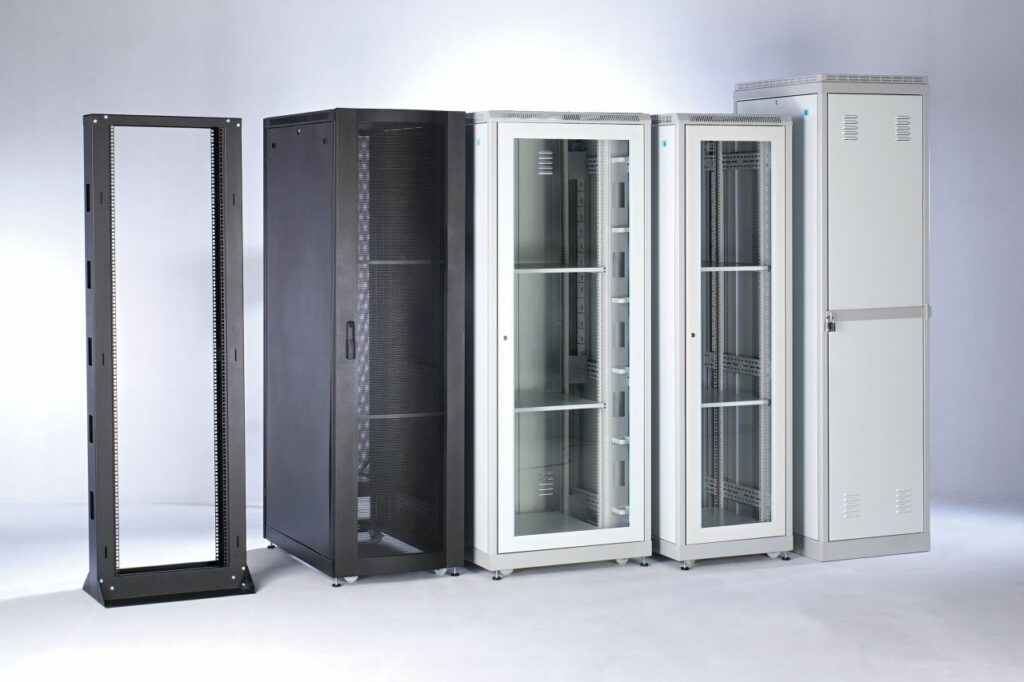Introduction:
Server racks are a crucial component of any data center or server room. They provide a secure and organized space to store servers, networking equipment, and other essential hardware. However, choosing the right server rack can be a daunting task, especially if you’re not familiar with the different options available in the market.
In this guide, we’ll cover everything you need to know to choose the right server rack for your business needs, including:
- Understanding the different types of server racks
- Determining the size and weight capacity you need
- Assessing the cooling and power requirements
- Considering the physical security features
- Evaluating the cable management options
- Comparing the different brands and vendors
Types of Server Racks:
There are three main types of server racks: open frame, wall-mounted, and enclosed. Open frame racks are typically used for small businesses or home offices and are designed to be cost-effective and easy to assemble. Wall-mounted racks are ideal for businesses with limited floor space, while enclosed racks provide maximum security and protection for your equipment.
Size and Weight Capacity:
The size and weight capacity of your server rack will depend on the number and size of servers and other equipment you need to house. Standard server racks are usually 42U or 48U tall, with a width of 24 inches. Make sure to measure the space where you plan to install the rack to ensure it fits properly. Also, check the weight capacity of the rack to ensure it can support your equipment.
Cooling and Power Requirements:
Servers generate a lot of heat, so it’s essential to choose a server rack that provides adequate cooling to prevent overheating. Look for racks with ventilation or cooling fans, and ensure there’s sufficient space between the servers to allow for proper airflow. Also, consider the power requirements of your equipment and ensure the rack has enough power outlets to support them.
Physical Security Features:
Security is essential to protect your equipment from theft, vandalism, or unauthorized access. Look for server racks with lockable doors, side panels, and front and rear access points. Also, consider adding security cameras or alarms to monitor the rack’s environment and detect any potential security breaches.
Cable Management Options:
Proper cable management is critical to ensure your equipment runs smoothly and efficiently. Look for server racks with cable management features such as cable trays, racks, or rings to keep cables organized and prevent tangling. Also, consider the accessibility of the cable management system to make it easy to install or replace cables.
Comparing Brands and Vendors:
There are many server rack brands and vendors in the market, so it’s important to compare the different options and choose one that best suits your business needs. Consider factors such as price, quality, warranty, customer support, and delivery times when evaluating different vendors.
Conclusion:
Choosing the right server rack is essential to ensure your equipment runs smoothly and efficiently. By understanding the different types of server racks, assessing your cooling and power requirements, and considering physical security and cable management features, you can choose the right server rack for your business needs. Remember to compare different brands and vendors to find the best option for your budget and requirements.

